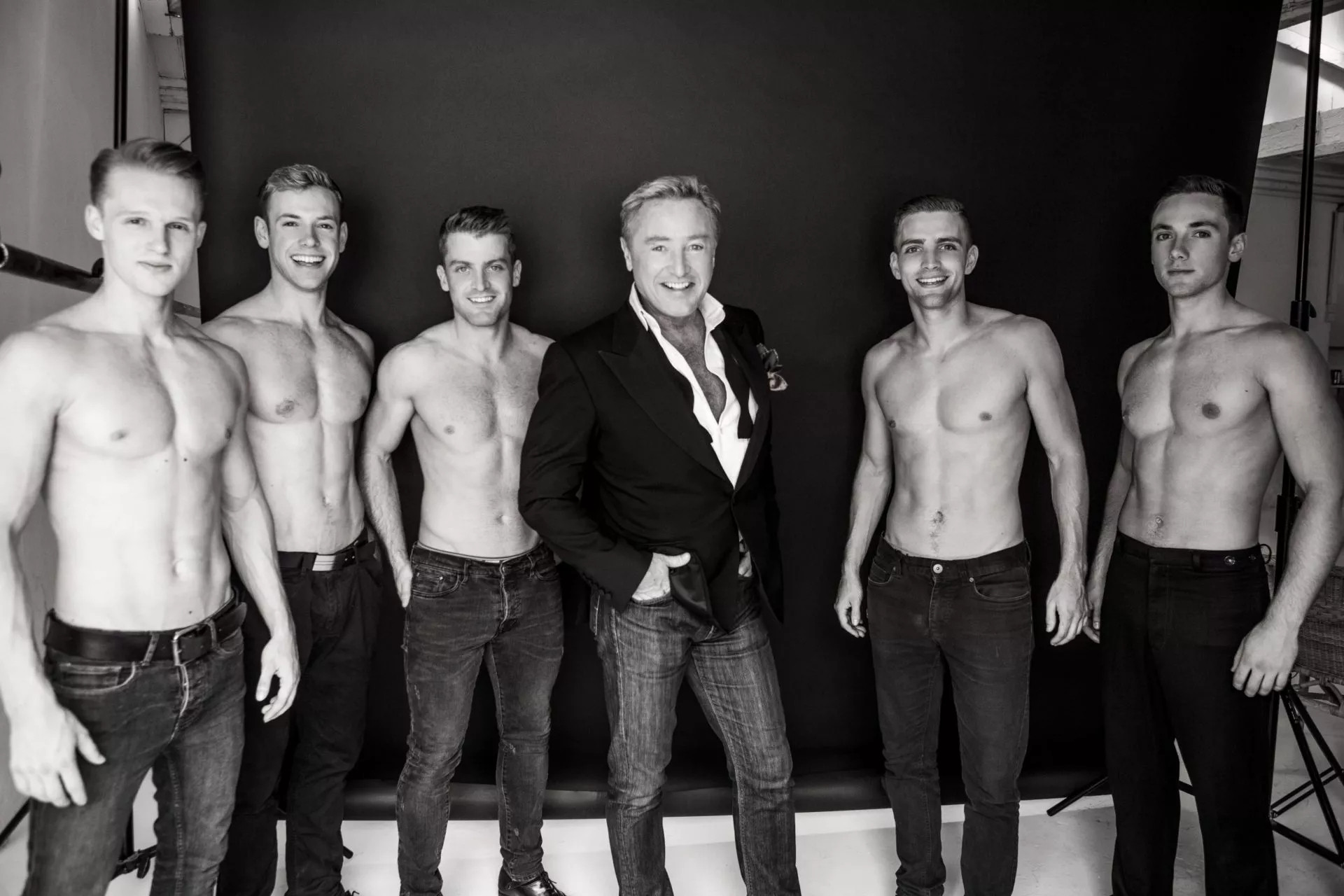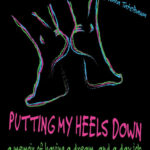Just over a quarter of a century ago, the captivating world of Irish dance and culture first burst into my awareness with the groundbreaking sensation that was Riverdance. Even though the legendary Michael Flatley had already departed, it immediately resonated deeply, becoming one of my all-time favorite theatrical experiences and a show that continues to hold a place in my top five to this day. It ignited not only a fervent appreciation for watching Irish dance and immersing myself in Irish music but also sparked a personal desire to try Irish dancing myself – albeit briefly.
Several years later, Michael Flatley ventured out to forge his own path, giving birth to the spectacular Lord of the Dance musical. This new production shattered even more records and pushed boundaries further than its predecessor. While Riverdance undeniably remains a global phenomenon, Lord of the Dance distinguishes itself as a creation directly from Flatley’s visionary mind. He remains at the helm as producer and choreographer, solidifying the unique talents that Riverdance initially showcased to the world.
Now, seemingly even grander than ever, Lord of the Dance is commemorating its silver anniversary with a revitalized show. This milestone production features entirely new music composed by Gerard Fahy, taking over from Ronan Hardiman, who collaborated with Flatley on the original show as well as Feet of Flames and Celtic Tiger for many years.
Having grown up immersed in the original soundtrack, the new musical score, while energetic, felt somewhat lacking in the same level of originality. It occasionally leaned towards being derivative, which seemed unnecessary given the iconic status of Hardiman’s original compositions. While the new music effectively served its purpose of getting feet tapping and hands clapping, allowing the dancers’ incredible footwork to shine, the nostalgic essence of the compositions that were intrinsically linked to Michael Flatley’s original vision felt absent. For instance, the opening number Cry of the Celts and the female lead’s performance Breakout didn’t quite evoke the same stirring and powerful emotions I remembered. Furthermore, the much-loved funky, pop-infused Siamsa was noticeably absent from the anniversary show.
The performance begins by narrating Michael Flatley’s journey from his early beginnings to the inception of Lord of the Dance. The original musical loosely revolves around the story of the “Lord of the Dance” figure, who is the subject of affection from two women and must defend his title against a challenger. For this 25th-anniversary edition, the storyline remains broadly similar, though it felt somewhat fragmented. Parallel dance sequences and musical interludes seemed a little randomly inserted within the show’s overall timeline, disrupting the narrative flow at times.
Despite any minor narrative inconsistencies, the sheer skill and dedication of the entire troupe are undeniable and truly carry the show. They have clearly absorbed the essence of Irish dance mastery from Michael Flatley himself, not just in terms of technical steps but also in how to command the stage. They embody the dramatic expression inherent in Irish dance, akin to acting through movement seen in ballet and contemporary dance forms. Speaking of contemporary elements, many of the costumes have been updated from the more traditional-inspired attire seen in Riverdance and the original Lord of the Dance. This includes striking robotic-esque warriors in full leather outfits complete with helmets, sleek leather-look leggings, and ethereal, genie-like ensembles featuring split balloon pants and hoods, adding a modern visual dimension to the performance.
 Michael Flatley with successors in Lord of the Dance musical
Michael Flatley with successors in Lord of the Dance musical
The “Lord of the Dance” in the performance at Manchester’s Palace Theatre, Matthew Smith – undoubtedly one of the protégés likely hand-picked by Flatley to succeed him – is a remarkably talented dancer who embodies much of Michael’s technical prowess. However, a certain innate, crowd-engaging charisma seemed to be slightly less pronounced, particularly evident during his opening solo entrance. This was a moment where Michael Flatley would have had the audience erupting in cheers and standing ovations within mere minutes. It’s worth acknowledging that Matthew Smith is a relatively newer talent who likely wasn’t even born when Flatley first achieved global fame, making the comparison somewhat nuanced.
The constant marketing emphasis on “25 years of standing ovations” feels a little overstated. While the performers undoubtedly deserve applause and appreciation if the audience genuinely enjoys the show, the marketing almost creates a sense of obligation to stand. This was subtly noticeable as perhaps half the audience stood at the end, though without the spontaneous, enthusiastic leap to their feet that might be expected from a truly overwhelming performance.
Lord of the Dance‘s 25th-anniversary show is undeniably a must-see, particularly for those who are already fans of Michael Flatley and the Irish dance phenomenon he ignited, which continues to captivate and amaze audiences worldwide. It introduces this spectacular art form to new generations while offering those who remember the original productions a nostalgic journey. They can witness fresh talent carrying on the legacy and forging their own paths as internationally acclaimed dancers. While the newly composed music may not be as groundbreaking as the original, it doesn’t detract significantly from the mesmerizing dedication and lightning-fast footwork displayed on stage by the performers, including the charming Little Spirit, two captivating fiddlers, and a vocalist who share the stage with the extraordinary dancers.
The sheer magic of the original Lord of the Dance show, which I experienced as Feet of Flames on video – capturing an audience of 25,000 in Hyde Park with a massive 55-meter wide stage, a live band (a desirable addition for this anniversary show), and up to 100 dancers (this production had considerably fewer) – is undeniably challenging to replicate on the more intimate scale of a theatre tour. However, if even a fraction of that original magic shines through on this scale, it still amounts to a considerable amount of enchantment.
Rating: ☘️☘️☘️ (3/5)
Share this:
Like Loading…

